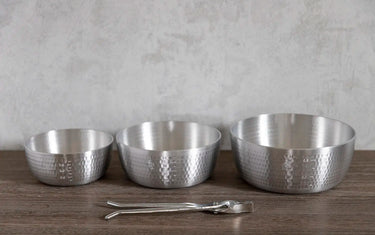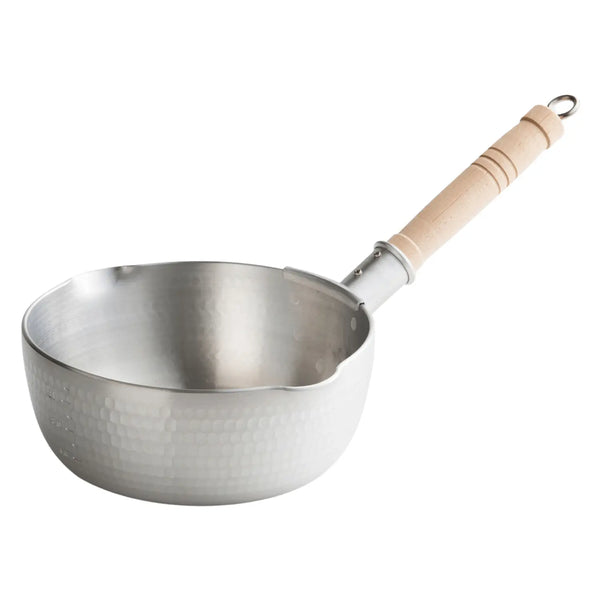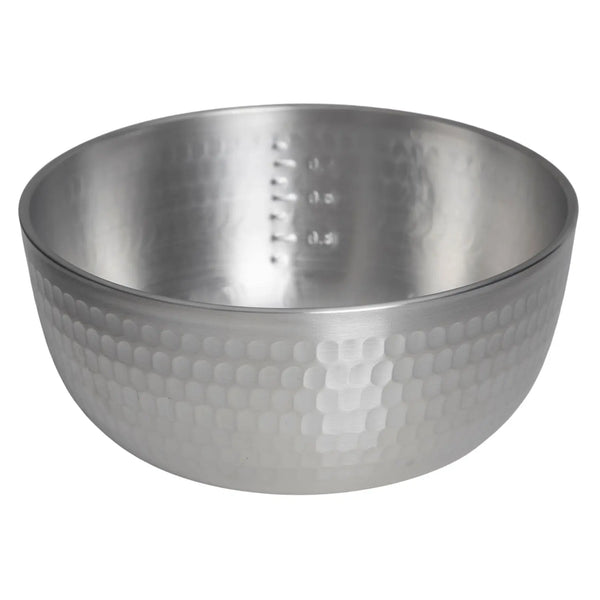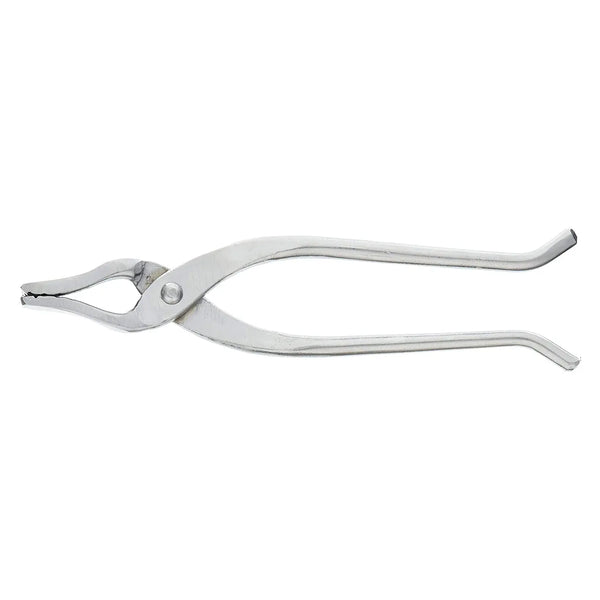The products we used:
What is Yukihira Nabe?

Yukihira Nabe, a staple in Japanese kitchens, is a single-handled pot characterized by a simple design with a spout and handle. Originally referring to lidded ceramic pots, modern Yukihira Nabe has evolved into a metal version, popular for its versatility. The distinctive feature of Yukihira Nabe lies in its hammered surface, known as "Tuchime," resembling snow patterns. Its enduring popularity is attributed to its user-friendly design, making it suitable for a wide range of culinary tasks.
Materials of Yukihira Nabe

Yukihira Nabe comes in various materials, each offering unique characteristics affecting cooking performance and durability.
- Aluminum: The most common material, prized for being lightweight and having excellent heat conductivity. However, it is sensitive to acid and salt, requiring careful maintenance.
- Stainless Steel: Known for its high durability and resistance to rust and corrosion. Suitable for extended simmering and stir-frying, and compatible with various cooktops.
- Copper: Boasting the highest thermal conductivity, copper ensures even heating and exquisite coloration of ingredients. However, it demands meticulous care due to its sensitivity to acids and alkalis.
Sizes of Yukihira Nabe

Yukihira Nabe comes in a range of sizes to cater to different cooking needs.
- For Singles: Smaller 14cm: Ideal for individuals requiring smaller portions, suitable for diverse cooking tasks, but may feel limited for certain dishes.
- For Household Use: Choose from 16–20cm: Families can select sizes based on their needs, ranging from 16cm for smaller households to 20cm for larger families.
What is Yattoko Nabe, Similar to Yukihira?

Yattoko Nabe, akin to Yukihira, presents an innovative solution for those seeking efficient and space-saving cookware. Despite their similarities, Yattoko Nabe introduces a distinct approach to culinary convenience.
Yattoko Nabe: Space Efficiency

Yattoko Nabe is designed with space efficiency in mind. Its stackable nature allows for easy storage, making it an ideal choice for those with limited kitchen space. The ability to nest within each other reduces clutter, making Yattoko Nabe a practical solution for modern living.
How to Use Yattoko Nabe

Using Yattoko Nabe is straightforward and follows the traditional principles of Japanese cookware. Its stackable design makes it convenient for those who enjoy preparing multiple dishes simultaneously. Use the Yattoko pincers to pick up and handle the pots.
Conclusion

In conclusion, Yukihira and Yattoko pots represent the epitome of Japanese culinary craftsmanship, combining tradition with modern functionality. Yukihira Nabe, with its hammered surface and versatile design, has earned its place in Japanese kitchens for generations. On the other hand, Yattoko Nabe brings a contemporary twist, addressing the challenges of limited kitchen space without compromising on utility. Whether you choose the timeless elegance of Yukihira or the space-saving efficiency of Yattoko, both pots reflect the artistry and ingenuity deeply ingrained in Japanese culinary culture.
















